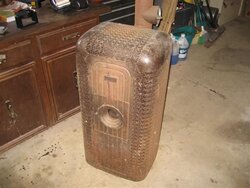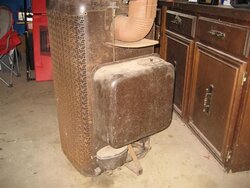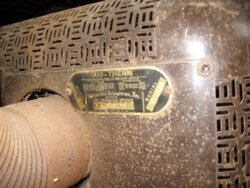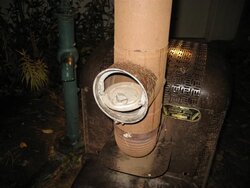I was given this stove, but no one can tell me how to use it or instructions for it. I've searched the web for info, but no luck. I can't find out what year it was made, but the model# is 575-9
I've never used a stove like this, but would like to install it in my garage for this winter. I want to make sure I'm using it safely.
Thanks in advance for any help, Briley.
I've never used a stove like this, but would like to install it in my garage for this winter. I want to make sure I'm using it safely.
Thanks in advance for any help, Briley.





